Artificial light at night (ALAN) is a recently recognised anthropogenic disturbance of the marine environment. It is already widespread and its influence is expected to grow as coastal urbanisation increases. However, the coastal zone is understudied for its impact. In particular, no previous studies on the possible effects of ALAN on macroalgae have been produced. This study aims to address this gap by observing and analysing macroalgal community composition in ALAN exposed and sheltered sites. The morphological and reproductive maturity of Gongolaria barbata and a preliminary analysis of the photosynthetic efficiency of Ulva cf. lacinulata were also assessed whilst considering ALAN condition. Macroalgal community composition in both ALAN conditions showed dissimilarity, with the effect being significant. However, time and site also had significant effects and interacted with ALAN, contributing to the observed dissimilarity. The biological parameters of G. barbata implied that ALAN may have a negative impact on its growth and a slight positive influence on its reproductive maturity. Finally, preliminary photosynthetic results suggested a link between low intensity ALAN and greater photosynthetic efficiency. Overall, these results suggest a potential effect of ALAN, but more investigation is needed to further understand how it is affecting ALAN exposed communities and populations.
promotor/supervisor feedback
nothing yet




